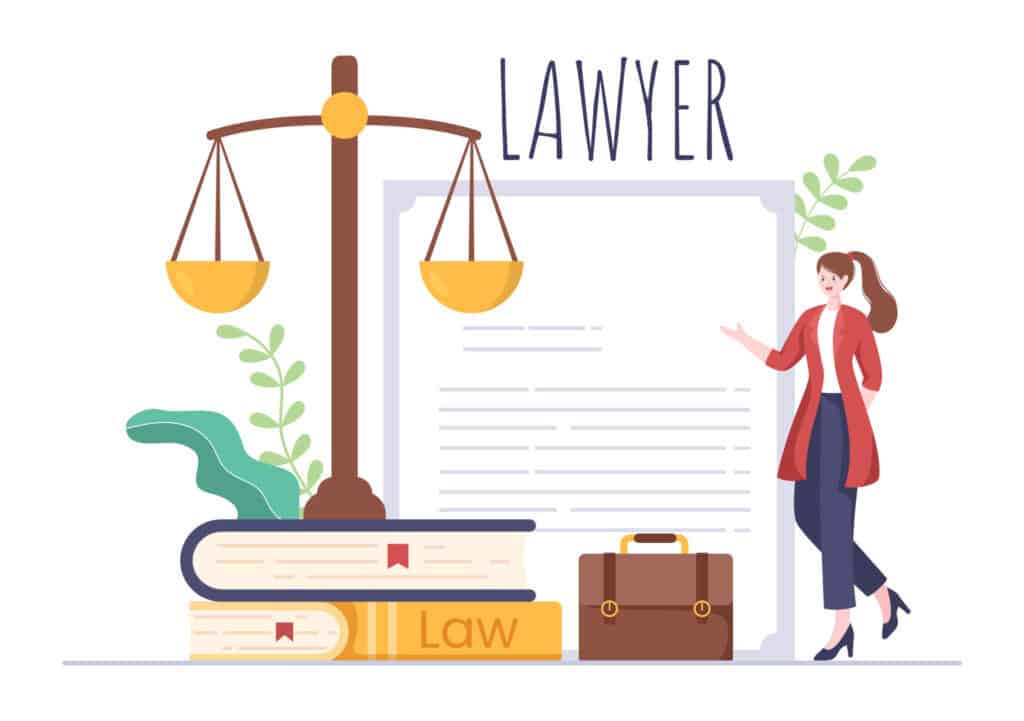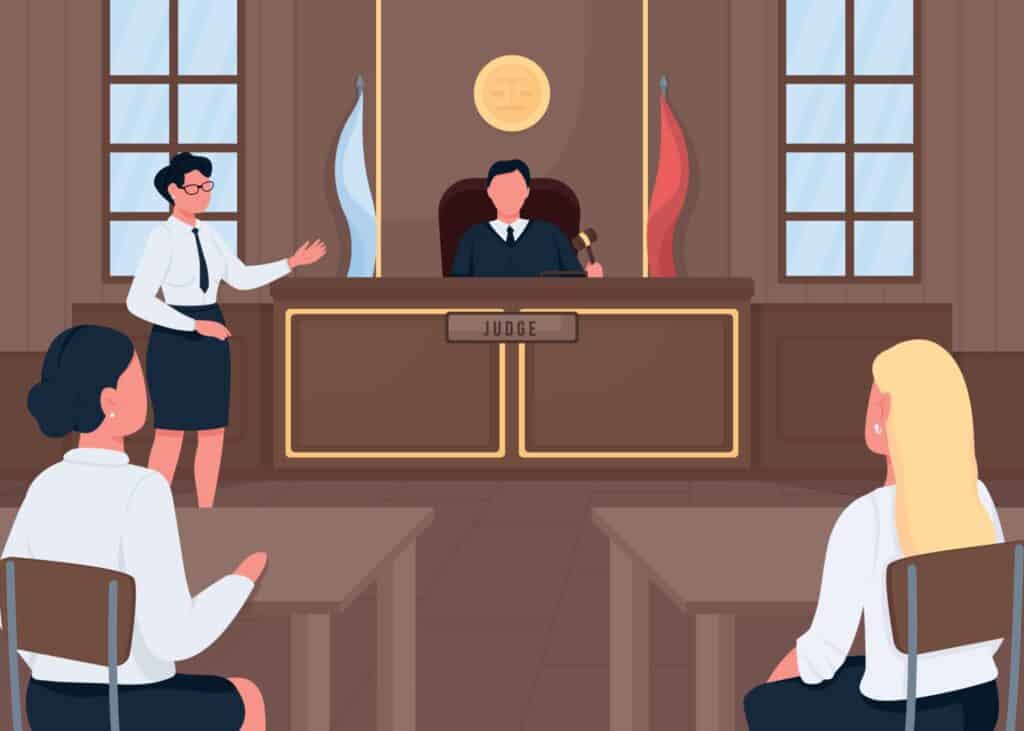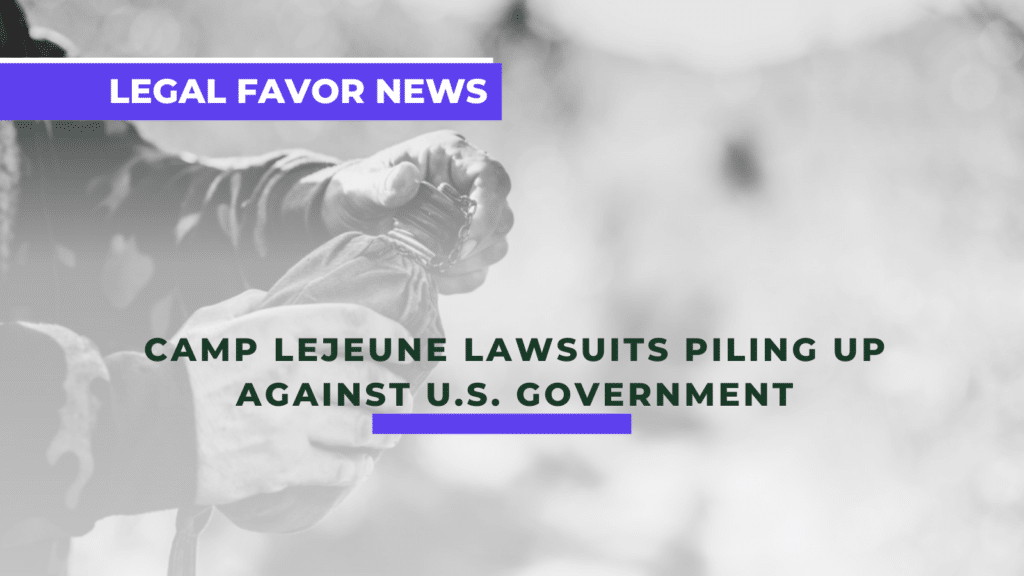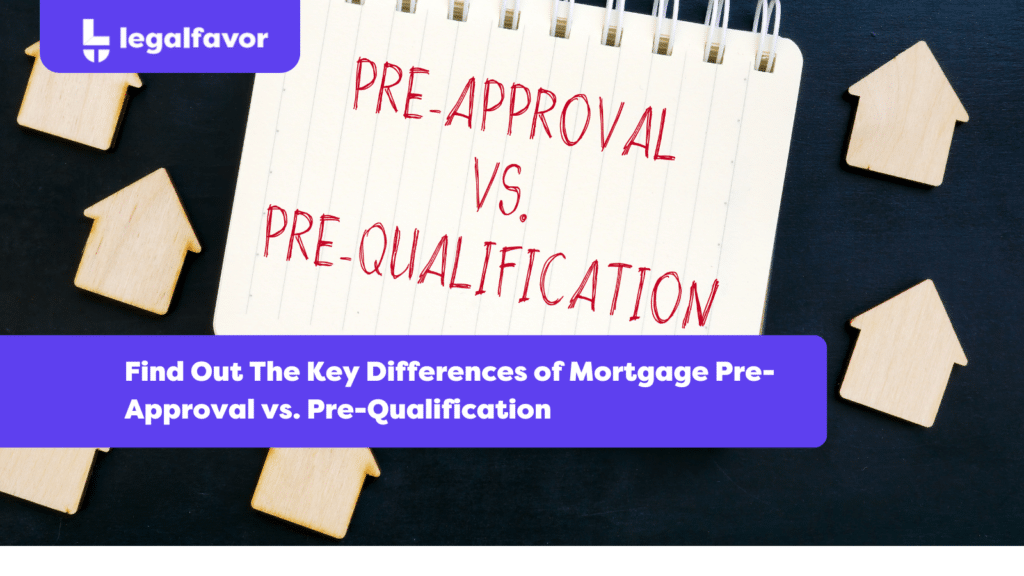If you or a loved one has been hurt due to someone else’s negligence, you may be considering filing a personal injury lawsuit. But what is the personal injury lawsuit process? And how long does it take to resolve? Understanding the personal injury lawsuit timeline and process is essential to getting the compensation you deserve. This article will outline the basics you need to know about the personal injury lawsuit timeline and process.
What is a Personal Injury Lawsuit?
A personal injury lawsuit is a type of legal action taken when one person’s negligence or recklessness causes harm to another person. This kind of claim can be brought against individuals, companies, or organizations.
Examples of incidents that may lead to a personal injury lawsuit include:
- Car accidents
- Slip and falls
- Medical malpractice
- Workplace injuries
- Defective products
- Dog bites
Keep in mind there are many other types of personal injury claims out there.
Taking the proper steps to protect any claim you might make is important if you’ve been injured in an incident due to someone else’s negligence.
For example, after a car accident, you should take pictures of the vehicle’s damage, get a copy of the police report, get the names of any witnesses, and seek medical attention. Taking these steps as soon as possible after an incident can help ensure that you are in the best position to pursue a successful personal injury case or injury lawsuit process.
The Process of Filing a Personal Injury Lawsuit
When someone is injured due to the negligence of another party, they may choose to file a personal injury lawsuit in order to receive compensation for their losses. This process can be complex. However, understanding the basics of the personal injury case process can help you know what to expect.

Hiring An Attorney
While some may want to represent themselves in a personal injury case, it can be a daunting task. Typically, the first step in the personal injury lawsuit process is for the plaintiff (the injured person) to hire an attorney. The attorney will draft a complaint, which outlines the facts of the case and states the amount of money that the plaintiff is requesting. The complaint will then be filed in the court where the incident occurred and served on the defendant (the negligent party).
At this point, the defendant will likely hire an attorney as well. The attorneys for both sides will then enter into a pre-trial “discovery” process. In other words, each side will investigate the facts of the case and prepare for trial.
During this process, witnesses may be deposed, documents may be requested and exchanged, and experts may be consulted.
If A Settlement isn’t Reached, the Personal Injury Case Would Move to Trial
If both parties cannot reach an agreement on a settlement, the case will move to trial. During this phase of a personal injury lawsuit, a judge or jury will hear both sides’ evidence. Thereafter, the judge would make a ruling on who is liable for damages. The ruling will include a verdict on how much money the plaintiff is entitled to receive.
Although some cases go all the way to trial, most personal injury lawsuits are settled out of court. Settling allows both parties to avoid the time and expense associated with a trial, and reach an agreement that is satisfactory to all involved.
No matter what stage of the personal injury lawsuit process you are in, it is essential to have a qualified attorney on your side to protect your rights and ensure that you are treated fairly.
The Personal Injury Lawsuit Timeline
Personal injury cases can be a complex legal process involving many parties. Knowing what to expect in the personal injury case process and timeline is important for a successful outcome. From consultation to conclusion, personal injury cases that go to trial can take over a year, but many cases are settled long before a lawsuit is filed.
Here are the steps of the personal injury case timeline:
- Consultation. The first step in any personal injury case is an initial consultation with an experienced lawyer. Your lawyer will assess your case, explain what to expect, and help you decide whether or not to pursue a claim.
- Investigation. Once the consultation is complete, the lawyer will investigate the incident and gather evidence to build your case. This part of the process usually takes between two weeks and three months, depending on the complexity of the case.
- Demand Letter. After the investigation is complete, your lawyer will draft and send a demand letter to the responsible party’s insurance company. This letter will include all of the evidence that has been collected. Additionally, it will provide the insurance company with a detailed breakdown of your injuries and damages.
- Settlement Negotiations. The defendant or insurance company will review the demand letter and respond with a counteroffer or a settlement amount. Your lawyer will then negotiate with the other party to try to reach an agreement on a fair settlement amount. This part of the process can take two to six weeks.
- Receiving Payment. Once an agreement is reached, the counterparty will send out a check for the agreed-upon settlement amount. This part of the process is often very fast and can take as little as one week. However, it may take much longer if the case goes to trial.

What Happens if the Opposing Part Doesn’t Agree to Settle?
A lawsuit must be filed if the opposing party does not agree to settle. Thereafter, the personal injury case timeline continues through the discovery period, depositions, motions, jury selection, and finally, a trial.
Throughout this entire personal injury case process, both sides must adhere to specific deadlines established by the court. These deadlines include filing documents, responding to discovery requests, making arguments, taking depositions, submitting motions, and other tasks necessary for preparing for a trial.
It is essential that both sides comply with these deadlines or risk having their cases thrown out. Understanding the general personal injury case timeline can give you a better idea of what to expect when filing a personal injury lawsuit. Keep in mind, each personal injury case is unique.
Depending on the facts of your case, the personal injury case process could last several months or even more than a year. Being informed about what is involved in the personal injury case timeline can help make sure that everything runs smoothly and according to schedule.
Final Words: Hiring A Lawyer May Be Beneficial
Every personal injury case is unique. However, understanding the basics of the personal injury case process is key to achieving a successful outcome. Keep in mind that hiring an experienced personal injury lawyer early on could make all the difference between a lengthy wait and a speedy resolution. They will guide you through each step of the personal injury case process so that everything stays on track.
An experienced personal injury lawyer can also negotiate directly with the insurance company to get you the best outcome possible. While certain aspects of the personal injury case process might seem daunting, having a reliable and knowledgeable legal representative by your side can make the entire ordeal less stressful and maximize your chances of getting a favorable outcome.





